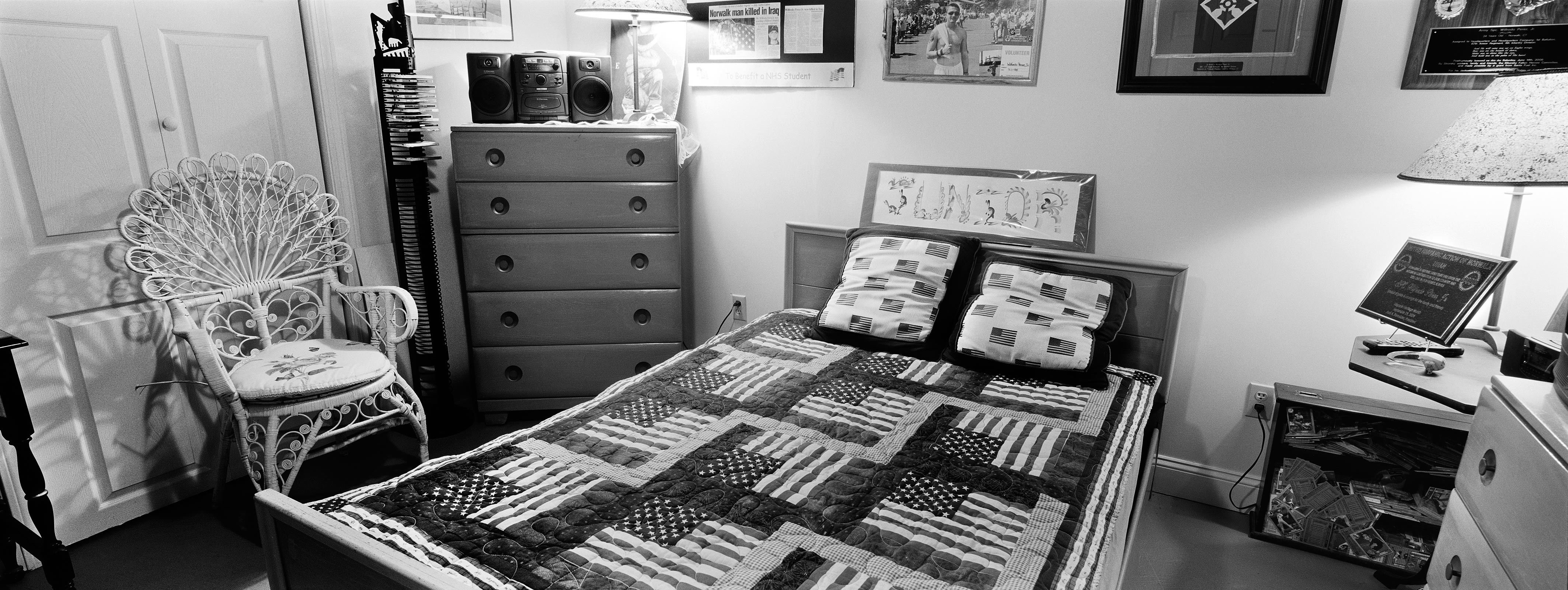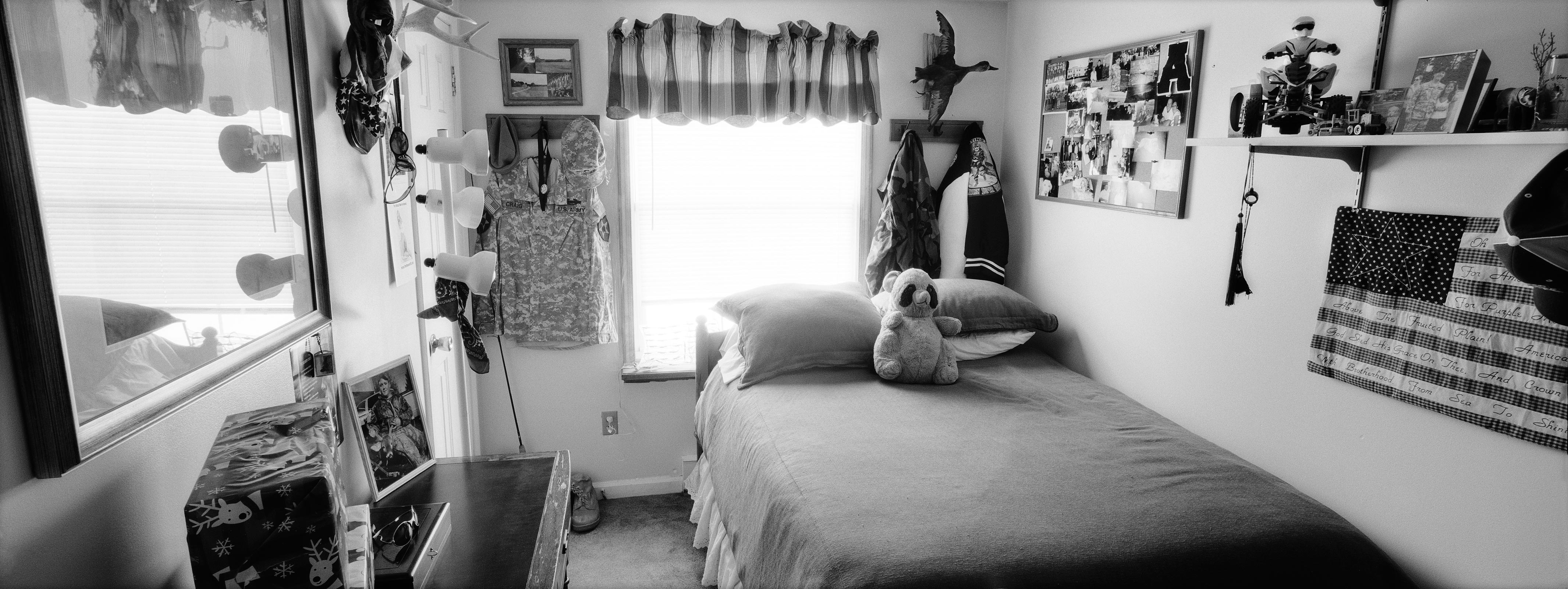Ashley Gilbertson’s Photography: A Humanistic Perspective

Ashley Gilbertson, a renowned photojournalist, is celebrated for his poignant and deeply humanizing photographs that explore the devastating consequences of war and its enduring impact on individuals and communities. Through his lens, he captures the raw emotions, resilience, and profound loss that are often hidden beneath the surface of conflict, challenging viewers to confront the harsh realities of war and its aftermath.
Ashley Gilbertson’s Photographic Style
Gilbertson’s photographic style is characterized by its raw, unfiltered portrayal of reality. He employs a documentary approach, immersing himself in the lives of his subjects and capturing their stories with sensitivity and honesty. His photographs are often characterized by their starkness, devoid of embellishment or manipulation. He avoids dramatic lighting or staged compositions, choosing instead to present his subjects in their natural environment, revealing their vulnerability and resilience through intimate and unvarnished portrayals.
How Ashley Gilbertson’s Work Evokes Emotional Responses
Gilbertson’s mastery of color, composition, and light plays a crucial role in evoking emotional responses in viewers. He often uses muted tones and natural lighting to create a sense of realism and intimacy. The subdued colors emphasize the somberness of the subject matter, while the natural light adds a layer of authenticity, drawing the viewer into the scene and fostering empathy.
“My work is about the human cost of conflict, the human cost of war. It’s about the people who are left behind, the people who are forgotten.” – Ashley Gilbertson
His compositions are carefully crafted, often employing close-up shots to emphasize the human element and highlight the emotional weight of the subject. He frequently uses empty spaces or negative space to create a sense of emptiness or loss, emphasizing the absence of loved ones or the devastation left behind by war.
Ashley Gilbertson’s Work Challenges Viewers to Confront the Realities of War
Gilbertson’s photographs challenge viewers to confront the realities of war and its devastating impact. They force us to confront the human cost of conflict, the pain and suffering endured by those caught in the crossfire. He does not shy away from depicting the brutality of war, but he also portrays the strength and resilience of those who survive.
“I want my work to make people think, to make them feel something, to make them question what they see and hear in the news.” – Ashley Gilbertson
By showing the faces of those affected by war, their stories, and their struggles, Gilbertson humanizes the conflict, reminding us that war is not simply a distant event but a tragedy that has real and lasting consequences for individuals and communities. His work compels us to acknowledge the suffering caused by war and to consider the ethical implications of our actions.
The Bedrooms of the Fallen

Ashley Gilbertson’s “Bedrooms of the Fallen” is a poignant and powerful photo essay that delves into the aftermath of war, specifically focusing on the intimate spaces left behind by those who have perished. Gilbertson’s photographs capture the emptiness and silence of these bedrooms, serving as a stark reminder of the devastating impact of conflict on individuals and families.
The Bedrooms as Symbols of Loss and Absence
Gilbertson’s choice of bedrooms as the central subject of his work is deliberate and impactful. These spaces, once filled with life and personal belongings, now stand as hollow testaments to the lives that were lost. The absence of the individuals who once occupied them is palpable, leaving behind a void that resonates deeply with the viewer. The bedrooms become symbolic spaces, encapsulating the profound sense of loss and the enduring absence that lingers in the wake of war.
Revealing Stories Through Personal Belongings
Each bedroom in Gilbertson’s series tells a unique story, revealed through the personal belongings and details that remain. A half-finished drawing on a desk, a worn-out teddy bear lying on a bed, a faded photograph on a nightstand – these seemingly ordinary objects hold immense power in their ability to evoke memories and connect us to the individuals who once inhabited these spaces. The bedrooms become portals into the lives of the fallen, allowing us to glimpse their personalities, interests, and dreams.
Emotional Impact of Intimate Spaces
The emotional impact of viewing these intimate spaces, devoid of their inhabitants, is profound. The bedrooms, once places of comfort and refuge, now stand as stark reminders of the fragility of life and the enduring pain of loss. Gilbertson’s photographs invite us to confront the raw reality of war, forcing us to acknowledge the human cost of conflict. The emptiness and silence of these bedrooms evoke a sense of empathy and a deep understanding of the profound impact of war on individuals and families.
The Impact of War and Conflict: Ashley Gilbertson Bedrooms Of The Fallen

Ashley Gilbertson’s work, “The Bedrooms of the Fallen,” is not merely a collection of photographs; it’s a powerful testament to the enduring impact of war and conflict on individuals and communities. Gilbertson’s lens captures the physical and psychological scars left behind, challenging viewers to confront the human cost of violence and the enduring consequences of war.
The Physical and Psychological Scars of War
The photographs in “The Bedrooms of the Fallen” depict the physical and psychological consequences of war in a visceral and intimate manner. Gilbertson’s focus on the personal spaces of fallen soldiers—their bedrooms—underscores the human cost of conflict, transforming abstract statistics into tangible realities. The bedrooms themselves become symbolic of the lives interrupted, the dreams shattered, and the futures stolen by war. The photographs reveal the tangible remnants of war—bullet holes, shattered furniture, and personal belongings—but also the intangible wounds of trauma, grief, and loss. The bedrooms are not just spaces of death; they are also spaces of memory, where the echoes of lives lived and lost reverberate.
“These photographs are not about the war itself, but about the people who are left behind.” – Ashley Gilbertson
Gilbertson’s photographs often depict the families and loved ones left behind, grappling with the aftermath of war. The photographs capture the raw emotions of grief, sorrow, and anger, offering a glimpse into the enduring psychological scars of war. They highlight the ripple effect of conflict, extending beyond the battlefield to impact entire communities and families.
The Enduring Consequences of Conflict, Ashley gilbertson bedrooms of the fallen
“The Bedrooms of the Fallen” is not simply a documentation of the immediate aftermath of war; it’s a powerful exploration of the enduring consequences of conflict. Gilbertson’s photographs raise questions about the lasting impact of war on individuals, communities, and societies. They expose the cycle of violence, the perpetuation of trauma, and the challenges of rebuilding and healing. The photographs serve as a reminder that war’s legacy extends far beyond the battlefield, leaving behind a complex web of social, economic, and psychological issues that continue to shape the lives of those affected.
“The war may be over, but the fight for peace is just beginning.” – Ashley Gilbertson
Gilbertson’s work challenges viewers to confront the complexities of war and its lasting effects. It compels us to consider the human cost of conflict, the enduring impact on individuals and communities, and the challenges of reconciliation and healing. The photographs serve as a powerful reminder of the importance of peace, the need for empathy and understanding, and the responsibility to work towards a future free from the destructive forces of war.
